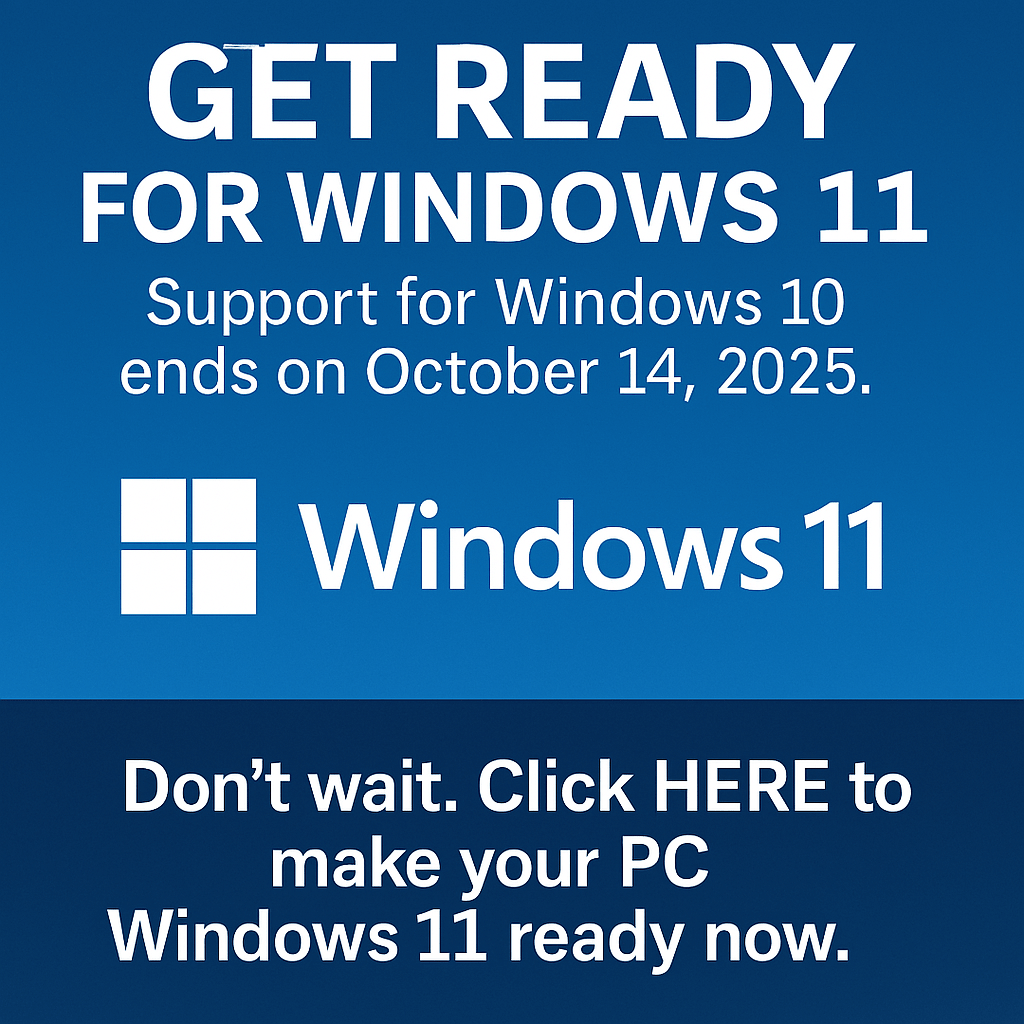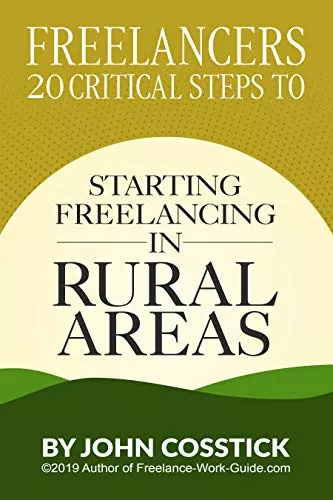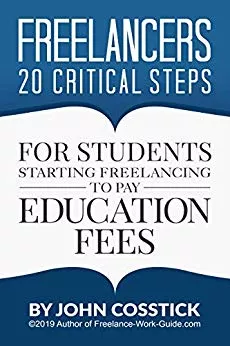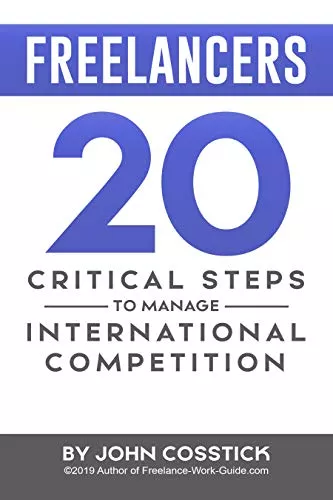Creating engaging and informative content is crucial for technical writers. One key aspect of achieving this is by incorporating the right keywords to improve search engine visibility and reader engagement.

Using relevant keywords effectively can make a significant difference in how your content is perceived by both search engines and your target audience. It’s about striking the right balance between optimization and readability.
Key Takeaways
- Understand your audience to choose relevant keywords.
- Use keyword research tools to identify best practices.
- Optimize your content without compromising readability.
- Regularly update your keywords to stay relevant.
- Analyze your content’s performance to refine your strategy.
The Strategic Value of Keywords in Technical Documentation
In the realm of technical documentation, keywords play a pivotal role in enhancing the discoverability and usability of technical content. Effective technical communication relies on the strategic use of keywords to ensure that the documentation is accessible to its intended audience.
Why Keywords Matter in Technical Content
Keywords are essential in technical content as they facilitate the location of relevant information by users. By incorporating relevant keywords, technical writers can improve the searchability of their documentation, making it easier for readers to find the information they need.
The SEO Impact on Technical Documentation
The strategic use of keywords in technical documentation also has a significant impact on Search Engine Optimization (SEO). By optimizing technical content with relevant keywords, organizations can increase the visibility of their documentation in search engine results, thereby enhancing its reach and effectiveness.
Balancing Searchability and Readability
While keywords are crucial for searchability, it’s equally important to maintain the readability of technical content. Technical writers must strike a balance between incorporating keywords effectively and ensuring that the content remains clear, concise, and engaging for the reader.
Essential Technical Writer Keywords for Documentation Success
In the realm of technical documentation, keywords are not just important—they are essential for ensuring that the content is accessible and useful to its readers. The strategic selection and integration of keywords can significantly enhance the discoverability and readability of technical documents.
Defining Technical Writer Keywords
Technical writer keywords are specific terms and phrases that are relevant to the content and purpose of technical documentation. These keywords help search engines understand the context and relevance of the document, making it more likely to appear in search results for related queries. They also guide the reader through the content, enhancing comprehension and usability.
Industry-Specific vs. General Technical Keywords
The choice between industry-specific and general technical keywords depends on the document’s purpose and target audience. Industry-specific keywords are tailored to a particular field or technology, offering precision and relevance. General technical keywords, on the other hand, are broader and can appeal to a wider audience. A balanced approach often yields the best results, combining the specificity of industry terms with the broader appeal of general keywords.
Keyword Density and Placement Strategies
Effective keyword integration involves both strategic placement and a consideration of density. Keywords should be placed in critical areas such as headings, subheadings, and the opening and closing paragraphs. The density should be natural, aiming for a balance that supports SEO without compromising readability. A general guideline is to maintain a keyword density of 2% or less to avoid the risk of keyword stuffing.
To achieve this balance, technical writers can employ several strategies, including using synonyms and related terms, varying keyword placement, and ensuring that the content flows naturally. By doing so, they can create documentation that is both search engine-friendly and engaging for readers.
Core Technical Writing Skills for Effective Keyword Integration
To optimize technical content, writers must master core skills that enhance readability and search engine visibility. Technical writing that effectively incorporates keywords is not just about conveying complex information; it’s also about making that information accessible and discoverable.
Clarity and Precision in Keyword Usage
Clarity and precision are fundamental to technical writing. When integrating keywords, it’s essential to maintain the clarity of the content. Writers should use keywords in a way that feels natural and doesn’t disrupt the flow of the text. For instance, using synonyms or related terms can help in achieving a natural keyword density.
- Use keywords in headings and subheadings to structure the content effectively.
- Integrate keywords within the first 100 words to enhance SEO from the outset.
- Avoid keyword stuffing by using related terms and synonyms.
Technical Accuracy While Maintaining SEO Value
Technical accuracy is paramount in technical writing. Writers must ensure that the inclusion of keywords does not compromise the technical accuracy of the content. This involves a deep understanding of the subject matter and the ability to convey complex information in a straightforward manner.
To achieve this, writers can:
- Conduct thorough research to ensure technical accuracy.
- Use keywords in context, ensuring they support the technical explanation.
- Review and edit content to maintain both accuracy and readability.
Adapting Writing Style for Different Technical Audiences
Different technical audiences have varying levels of expertise and requirements. Writers must adapt their writing style to suit these different audiences while maintaining effective keyword integration.
For example, content aimed at developers might include more technical jargon and detailed code examples, whereas content for end-users might focus on practical applications and simpler language.
By mastering these core technical writing skills, writers can create content that is both informative and optimized for search engines, catering to the diverse needs of technical audiences.
Keyword Research Methodologies for Technical Communication
In the realm of technical communication, keyword research serves as a cornerstone for developing content that meets user needs. Effective technical communication relies heavily on the ability to identify and utilize the right keywords, making it essential for technical writers to understand and apply robust keyword research methodologies.
Industry-Specific Keyword Research Tools
Technical writers can leverage industry-specific keyword research tools to identify relevant terms and phrases. These tools help in understanding the search patterns and preferences of the target audience. For instance, tools like Ahrefs, SEMrush, and Moz provide insights into keyword trends and competitor analysis, enabling technical writers to refine their content strategy.
Analyzing Competitor Technical Content
Analyzing competitor technical content is another crucial methodology for keyword research. By examining the keywords and content strategies used by competitors, technical writers can identify gaps and opportunities to create unique and relevant content. This analysis can also reveal the tone, style, and structure of successful technical documentation.
Identifying User Search Patterns in Technical Fields
Understanding user search patterns is vital for creating content that is discoverable and relevant. Technical writers must consider the various ways users might search for information related to their content. This involves identifying long-tail keywords and phrases that are specific to the technical field they are writing in.
Understanding Search Intent for Technical Topics
Understanding the search intent behind technical topics is critical for creating content that meets user needs. Technical writers should strive to comprehend what users are looking for when they search for specific keywords. This involves analyzing the context and purpose behind the search query, ensuring that the content provides relevant and useful information.
By employing these keyword research methodologies, technical writers can enhance the quality and relevance of their content, making it more discoverable and useful for their target audience.
Implementing Keywords Across Different Technical Document Types
Different technical document types require tailored approaches to keyword integration. Technical writers must consider the purpose, audience, and structure of each document type to effectively incorporate relevant keywords.
User Manuals and Guides
User manuals and guides are designed to assist users in understanding and using a product or service. To optimize these documents, technical writers should focus on keywords related to the product’s functionality and user queries.
- Identify key product features and functions
- Use keywords that reflect common user questions and search queries
- Organize content with clear headings and subheadings
API Documentation and Code Examples
API documentation and code examples require a different approach to keyword integration, focusing on technical terms and developer-centric language.
- Use keywords related to API endpoints, parameters, and response formats
- Incorporate relevant technical terms and industry-specific jargon
- Provide clear, concise code examples that demonstrate key concepts
Technical Specifications and Whitepapers
Technical specifications and whitepapers are detailed documents that provide in-depth information on a product or technology. Keyword integration in these documents should focus on technical accuracy and relevance.
- Use keywords related to technical specifications and product features
- Incorporate industry-specific terminology and technical jargon
- Use clear headings and subheadings to organize complex information
Knowledge Base Articles and FAQs
Knowledge base articles and FAQs are designed to provide quick answers to common user questions. Keyword integration in these documents should focus on user-centric language and search queries.
- Use keywords related to common user questions and search queries
- Organize content with clear headings and concise answers
- Use relevant synonyms and related terms to enhance discoverability
Release Notes and Changelog Optimization
Release notes and changelogs document changes, updates, and fixes in a product or software. Keyword integration in these documents should focus on highlighting key changes and updates.
- Use keywords related to new features, bug fixes, and improvements
- Organize content with clear headings and concise descriptions
- Use relevant technical terms and industry-specific jargon
By tailoring keyword integration to the specific needs of each document type, technical writers can enhance the discoverability, usability, and overall effectiveness of their technical documentation.

Tech Writer Responsibilities in Keyword Strategy Development
In the realm of technical writing, keyword strategy development is a multifaceted process that requires collaboration, consistency, and a deep understanding of the target audience. Technical writers are pivotal in this process, ensuring that technical documentation is not only informative but also discoverable and relevant to the needs of its users.
Collaborating with SEO and Marketing Teams
One of the primary responsibilities of technical writers in keyword strategy development is collaborating with SEO and marketing teams. This collaboration ensures that the keywords used in technical documentation align with the overall marketing strategy and are optimized for search engines. By working together, technical writers can identify key terms and phrases that are relevant to both the product and the target audience, thereby enhancing the documentation’s visibility and effectiveness.
Developing Keyword Glossaries for Consistency
Technical writers are also responsible for developing keyword glossaries to maintain consistency across technical documentation. A keyword glossary is a comprehensive list of approved keywords and phrases that should be used in documentation. This tool helps ensure that all writers are using the same terminology, reducing confusion and improving the overall quality of the documentation.
Maintaining Keyword Standards Across Documentation
Maintaining keyword standards is another critical task for technical writers. This involves regularly reviewing and updating documentation to ensure that it remains relevant and aligned with current keyword strategies. By doing so, technical writers can help maintain the visibility and effectiveness of the documentation over time.
Training Other Writers on Keyword Best Practices
Finally, technical writers play a crucial role in training other writers on keyword best practices. By sharing their knowledge and expertise, technical writers can help ensure that all members of the writing team are equipped to develop and implement effective keyword strategies. This training can include guidance on keyword research, selection, and usage, as well as tips for balancing keyword density with readability and clarity.
Software Documentation Techniques Enhanced by Strategic Keywords
Strategic keyword integration can significantly enhance software documentation techniques. By incorporating relevant keywords, technical writers can improve the discoverability and usability of software documentation, making it more accessible to the target audience.
Code Documentation Best Practices
Effective code documentation is crucial for developers to understand and implement software features correctly. Best practices include:
- Clear and concise comments
- Relevant keyword usage in code descriptions
- Consistent formatting and structure
Tutorial and How-To Content Enhancement
Tutorials and how-to guides are essential components of software documentation. Enhancing these with strategic keywords can improve their searchability and readability. Key strategies include:
- Using problem-solution keywords in titles and headings
- Incorporating relevant keywords in step-by-step instructions
- Optimizing images and screenshots with alt tags containing target keywords
Troubleshooting Guides Optimization
Troubleshooting guides are critical for helping users resolve issues with software products. Optimizing these guides with strategic keywords can enhance their effectiveness.
Using Problem-Solution Keywords
One effective strategy is to use problem-solution keywords. This involves identifying common problems users face and incorporating keywords that reflect these issues, along with their solutions, into the guide.
For example, a troubleshooting guide for a software product might use keywords related to common error messages or issues, such as “installation failure” or “login issues,” and provide clear solutions to these problems.
Content Development for Technology: Keyword-Driven Approaches
Keyword-driven content development is a cornerstone for successful technology documentation, enhancing both readability and searchability. Technical writers must strategically incorporate relevant keywords to create content that resonates with their audience and ranks well in search engines.
Creating Keyword-Rich Technical Content Calendars
Developing a content calendar that incorporates technical writer keywords is essential for consistent and effective content development for technology. This involves identifying key themes, topics, and terms that are relevant to the target audience and aligning them with the organization’s content strategy.
- Identify industry trends and popular search terms
- Analyze competitor content and identify gaps
- Develop a keyword glossary for consistency across content
Repurposing Technical Content While Maintaining Keyword Value
Repurposing existing technical content can be an efficient way to maximize the value of keyword-driven content. This can involve updating old content with new keywords, converting formats (e.g., turning a blog post into a video script), or using snippets of content in different contexts.
Collaborative Keyword Planning with Development Teams
Collaboration between technical writers and development teams is crucial for identifying the most relevant and impactful keywords. This collaboration ensures that the content is not only optimized for search but also accurate and relevant to the technology being documented.
Localizing Keywords for International Technical Audiences
When targeting international technical audiences, it’s essential to localize keywords to account for regional differences in search behavior and terminology. This involves understanding the local language, cultural nuances, and technical preferences.
By adopting these keyword-driven approaches, technical writers can significantly enhance the effectiveness of their content development for technology, improving both its reach and its impact.
Conclusion: Elevating Your Technical Writing Through Strategic Keyword Implementation
Effective technical writing is crucial for communicating complex information to various audiences. By incorporating strategic keyword implementation, technical writers can significantly enhance the visibility and effectiveness of their content.
Throughout this article, we have explored the importance of keywords in technical documentation, core technical writing skills, and keyword research methodologies. We have also discussed the role of tech writer responsibilities in keyword strategy development and the application of keyword-driven approaches in content development for technology.
By adopting technical writing best practices and focusing on technical communication, writers can improve their content’s searchability and readability. Understanding tech writer responsibilities in keyword strategy development is essential for creating consistent and high-quality technical content.
As technical communication continues to evolve, embracing a keyword-driven approach will be vital for technical writers to stay ahead. By doing so, they can ensure their content reaches the intended audience and achieves its intended purpose.
FAQ
Q1: What are the most important keywords for technical writers to know?
Technical writers should be familiar with keywords such as technical writing skills, technical communication, tech writer responsibilities, technical documentation, and software documentation techniques to optimize their content.
Q2: How do keywords impact the SEO of technical documentation?
Keywords play a crucial role in improving the SEO of technical documentation by increasing its visibility and discoverability in search engine results, making it more accessible to the target audience.
Q3: What is the ideal keyword density for technical content?
The ideal keyword density varies, but it’s generally recommended to maintain a density of 0.5-1.5% to avoid keyword stuffing while ensuring the content is optimized for search engines.
Q4: How can technical writers balance searchability and readability?
Technical writers can balance searchability and readability by using keywords strategically, writing clear and concise content, and ensuring that the keywords are integrated naturally into the text.
Q5: What are some best practices for implementing keywords in technical documents?
Best practices include using keywords in headings, subheadings, and meta descriptions, as well as incorporating them into the content in a way that is natural and readable.
Q6: How can technical writers collaborate with SEO and marketing teams to develop a keyword strategy?
Technical writers can collaborate with SEO and marketing teams by sharing their knowledge of the technical content, identifying relevant keywords, and working together to develop a comprehensive keyword strategy.
Q7: What is the role of keyword research in technical communication?
Keyword research plays a crucial role in technical communication by helping technical writers identify the most relevant and frequently searched keywords, enabling them to create content that meets the needs of their audience.
Q8: How can technical writers adapt their writing style for different technical audiences?
Technical writers can adapt their writing style by understanding the needs and preferences of their audience, using language and terminology that is familiar to them, and adjusting the level of technical detail accordingly.
Q9: What are some effective techniques for optimizing software documentation with keywords?
Techniques include using keywords in code documentation, tutorial and how-to content, troubleshooting guides, and incorporating problem-solution keywords to make the content more accessible and useful.
Q10: How can technical writers maintain keyword standards across documentation?
Technical writers can maintain keyword standards by developing a keyword glossary, collaborating with other writers, and ensuring that keywords are used consistently across different documents and content types.















